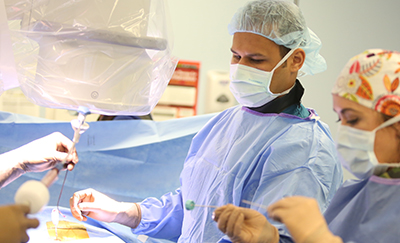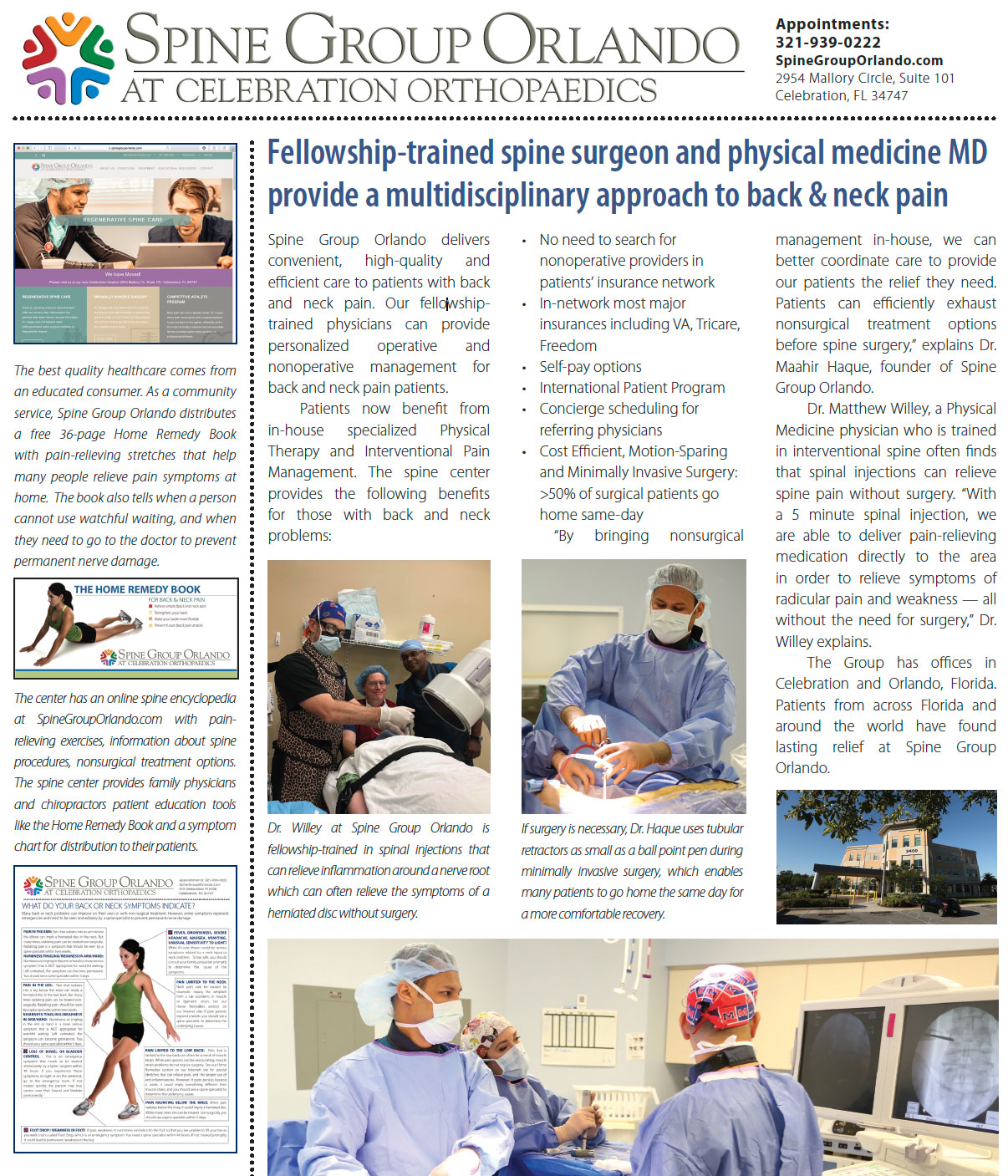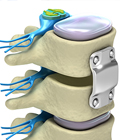Back to Exercise Library. ![]()
Back Exercises
The best way to prevent injury is by having strong, flexible muscles and joints which resist strain and injury. With some simple cases of back pain, certain exercises can help relieve some pain episodes. Remember, never do any exercise that causes increased pain.
Back Exercise Menu
- Press Up: Sphinx
- Superman
- Standing Extension & Piriformis Stretch
- Piriformis
- Cat & Dog
- Knee to Chest
- Body Flexion
- Runner's Stretch
- Advanced Reach
- Hyperextension
Press Up: Sphinx Position
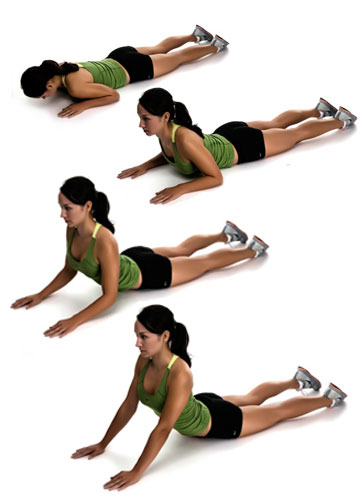
Start by lying on your stomach. Begin to raise your upper body slowly, while keeping your pelvis flat to the floor. Try to create an arch in your low back. Go up only as far as you can without discomfort. Work up to the Sphinx position, where your forearms are in contact with the ground. Then over time begin to press up. If you are flexible, you may be able to straighten your arms fully over time. Hold for 10 seconds, then repeat.
Superman

Start by lying on your stomach with face down. Raise your shoulders and hold yourself up with your arms extended in front of you. Hold for 30 seconds, then return to starting position. Repeat exercise ten times.
Standing Back Extension
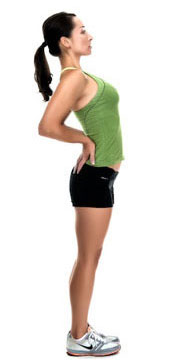
Standing Back Extension (above left) - This exercise can be done at work or any other place where doing a press up on the floor is practical. Start with hands on low back. Slowly arch backward as far as you can without discomfort. Hold only for 3 seconds, and return to starting position. Repeat 5 times.
Piriformis Stretch
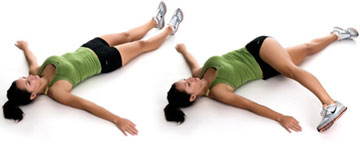
Lie down with your right knee up, and both arms stretching outward at 45 degree angles away from your body. Slowly let your right knee fall across your body to the ground. Keep your shoulders as flat as possible. Hold for 30 seconds. Return to starting position. Raise your left knee and let it fall across your body to the right side. Hold for 30 seconds. Return to starting position. Do the exercise ten times, alternating knees.
Cat
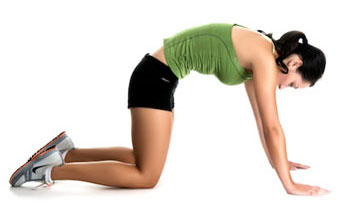
Start on all fours. Create an arch in your low back by raising your abdomen toward the sky, while at the same time bowing your head. Hold for 30 seconds. Go back to starting position.
Dog
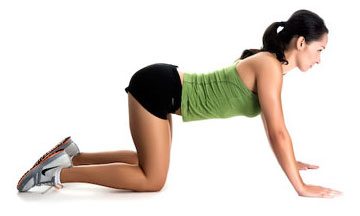
Arch your back the opposite direction by lowering your abdomen toward the ground, while at the same time raising your head. Hold for 30 seconds. Go back to starting position. Repeat exercise 20 times.
Knee to Chest

Start with both legs and heals together flat on the ground. Raise your right knee upward and pull it toward your chest with your hands. Hold for 30 seconds, then return to starting position. Repeat with other leg. Do ten repetitions with each leg, alternating between right and left leg.
Body Flexion
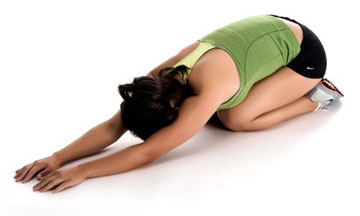
Start on your knees with hands across abdomen. Slowly lean forward and let your body curl forward, keeping your head off the ground. Hold for 30 seconds. Repeat several times.
Runner's Stretch
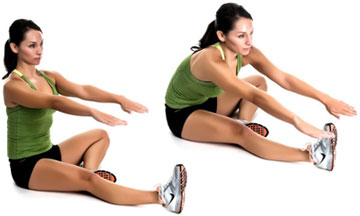
Start in a sitting position with legs extended and feet together. With your hands flat against the ground, slowly extend forward as far as you can comfortably. Hold for 30 seconds and relax. Repeat stretch ten times.
Advanced Reach
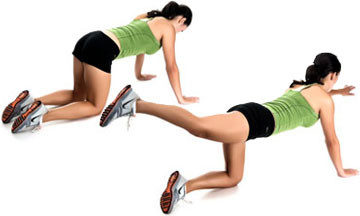
This exercise is more difficult than it looks. Start on all fours. Raise your right leg backward, and raise your left arm up reaching in front of you. Hold for 10 seconds. Go back to starting position. Repeat position with left leg and right arm. Do the exercise 10 times alternating legs/arms.
Hyperextension
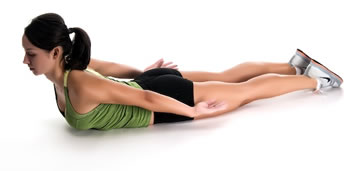

Start by lying on your stomach with your hands behind your back. Then raise your chest and feet off the ground. Hold for 5 seconds.
NOTE: We recognize that people will diagnose and treat themselves. We have provided this medical information to make you more knowledgeable about nonsurgical aspects of care, the role of exercise in your long-term recovery, and injury prevention. In some cases exercise may be inappropriate. Remember, if you diagnose or treat yourself, you assume the responsibility for your actions. You should never do any exercise that causes increased pain. You should never do any exercise that places body weight on a weakened or injured limb or back.
Maahir Haque, MD is recognized as a leader in the field of minimally invasive spine surgery. At Spine Group Orlando, Dr. Maahir Haque also provides second opinions for spine surgery and MRI reviews for those with back pain and neck pain. Dr. Haque emphasizes non-surgical options for back pain and neck pain where possible. This can include accessing a back pain specialist with expertise in pain-relieving spinal injections and spine therapists. Spine therapy can include back stretches that can be a future home remedy for back pain or neck pain. If spine surgery is necessary because of a herniated disc, spinal fracture, or spinal stenosis, Dr. Maahir Haque operates through tubular retractors that reduce the size of the incision, lessen blood loss, reduce time in the hospital, speed return to activity with a less painful recovery. This spine surgery expertise enables many patients to have outpatient spine surgery and be home the same day. Spine Group Orlando and Dr. Maahir Haque provides artificial disc replacement in the neck using the Mobi-C disc implant, the first FDA-approved disc for multiple levels in the neck. Prodisc-C is also used for artificial disc replacement in the cervical spine. Dr. Haque is also one of the few spine surgeons in Orlando, Florida to provide lumbar artificial disc replacement using the Prodisc-L artificial disc. Dr. Haque is also referred patients from across Orlando and north central Florida for artificial disc replacement surgery as an alternative to spinal fusion. Accordingly, Dr. Haque's patients travel from across north central Florida, including: Orlando; Jacksonville; Tallahassee; Lakeland; Gainesville; Tampa; Daytona Beach; and Cocoa Beach. The spine center, as a destination for medical tourism for some international patients from Mexico and the Caribbean, can provide recommendations to out-of-town patients on nearby hotels and tourist attractions. Dr. Haque is featured on the national site CentersforArtificialDisc.com as an author on the subject of artificial disc replacement for herniated discs in the neck. The Centers for Artificial Disc web site has content specific to disc replacement options and alternatives to spinal fusion. Click here to visit the Centers for Artificial Disc.

